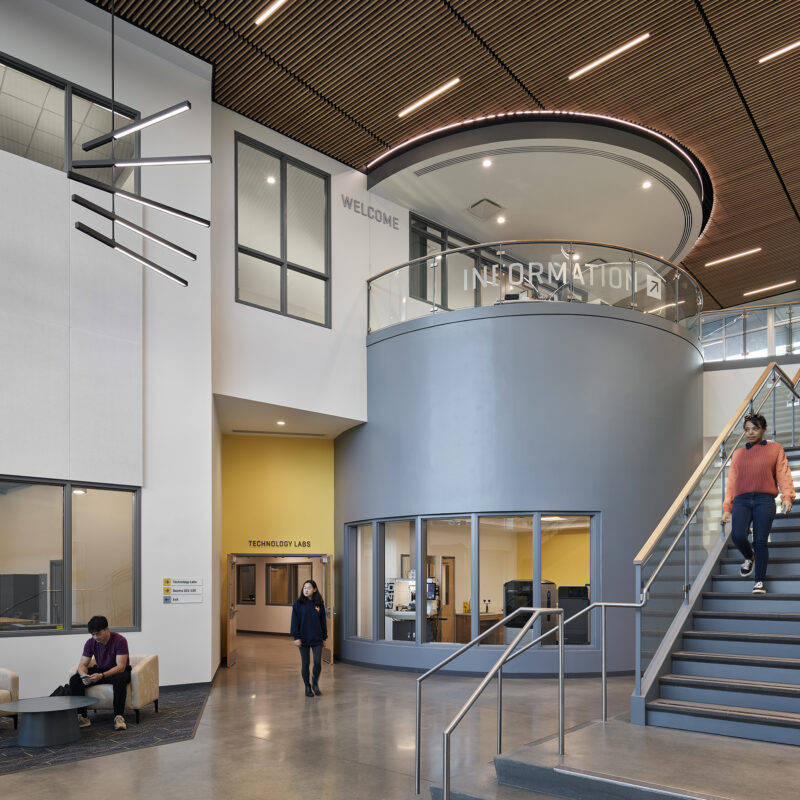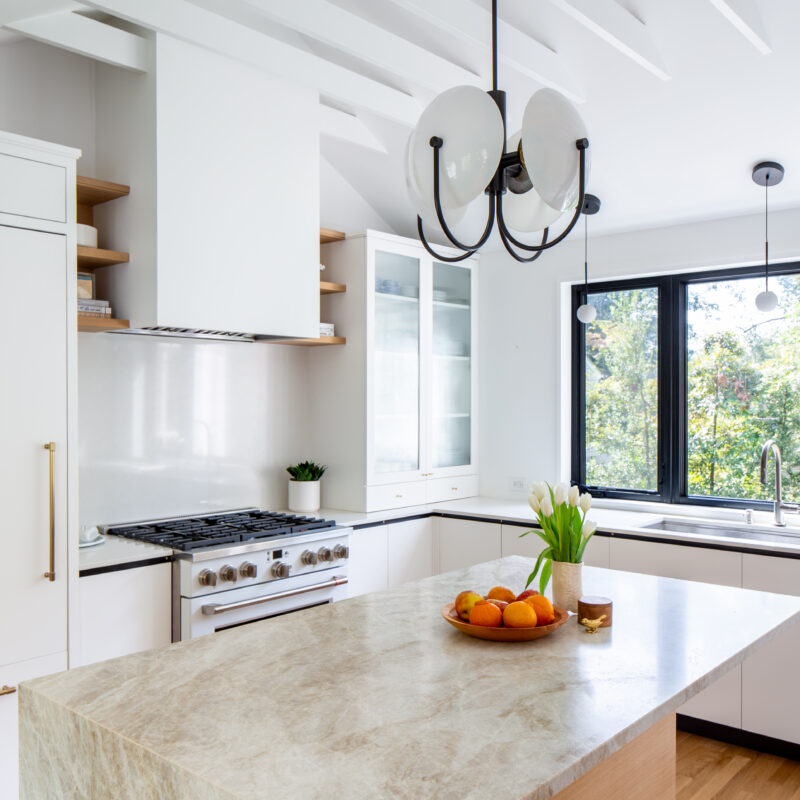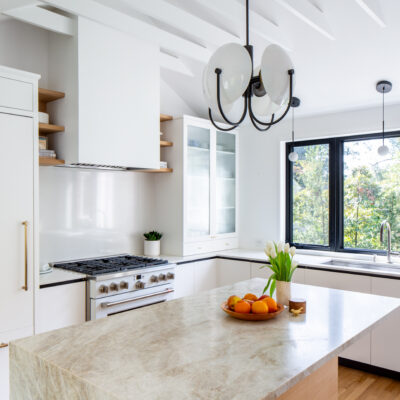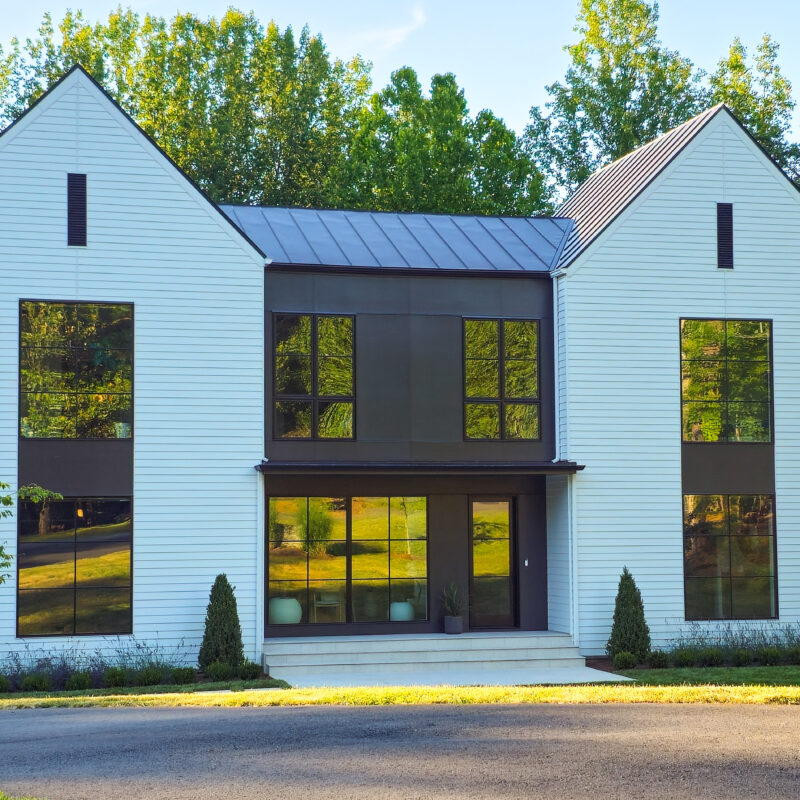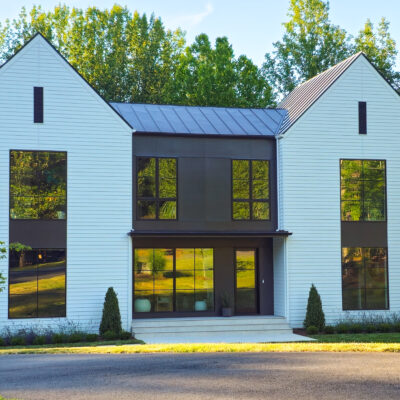New survey data shows that only 2.8 percent of Charlottesville’s homeowners are under the age of 25—a number that’s notably lower than state and national averages.
According to a recent report from the web-based consultancy Construction Coverage, the share of home purchase loans that originated in Virginia in 2024 was 4.4 percent. That ranks 29th in the country on the metric and puts the state below the median under-25 ownership share of 4.85 percent. Midwest states, where homes are most affordable nationwide, tend to have the highest young ownership rates; Iowa and North Dakota boast under-25 shares of more than 10 percent.
Turning to small metro areas, Charlottesville’s 2.8 percent ranks 204th in the country, placing it in just the 20th percentile of areas included in the Construction Coverage data. Lima, Ohio, is the highest-performing small metro, with 17.3 percent of home loans being held by individuals less than a quarter-century old.
“Charlottesville is just so expensive,” says Darian Cochran, principal broker for local firm Avenue Realty. Cochran notes that the local area’s median home price last year was $530,000, a significant jump from $440,000 in 2020.
Homeownership among under-25-year-olds matched its historic peak in 2020 before falling back by 2023, the Construction Coverage data indicates. And if current national home prices and lending rates persist, that trend won’t reverse anytime soon.
Still, Cochran says young folks who want to own can find ways to get creative. In the local market, he rarely sees co-ownership loans, a way for young adults to pool their funds with friends or family. Strict contractual guidelines are needed to make it work, Cochran says, but it can help young buyers stretch their constrained budgets.
Other effective approaches are personal equity-share agreements, where relatives or friends secure a portion of a buyers’ home equity in exchange for lending, or direct loans from friends or family. “When loans are fully financed by a family member, we typically see lower interest rates than the going rate by about a point,” Cochran says.
House hacking, where income properties bring in enough rental revenue to offset mortgage payments, can work for folks with relatively low incomes. “The rule of thumb for house hacking is that the rental income should be about 40 percent to 50 percent of your mortgage,” Cochran says.
Prospective homeowners without large down payments on hand or the ability to take on high interest loans might also seek seller financing. The arrangement, where the property owner provides the loan—usually at lower interest rates than would be available from a traditional lending institution—is rare in strong markets. But Cochran suggests homeowners can sometimes secure seller financing on housing outside the city center after it’s been on the market for an extended period.
Is there hope for young homebuyers? Cochran thinks so. Virginia and the Charlottesville area are still far more attractive to under-25 owners than the most exclusive housing markets in Hawaii, California, and Massachusetts, all of which have under-25 ownership shares of less then 2.5 percent. Young homebuyers simply have to educate themselves. The under-25 demo is such a savvy generation, Cochran says, but many young people come to him knowing little about credit scores, financing options, or appropriate down payments.
“You have to come up with a plan—appropriate expectations, spending habits, and savings goals,” Cochran says. “You also have to understand that your first home is not your forever home. You don’t need a 20 percent down payment anymore. That was our parents’ generation.”

